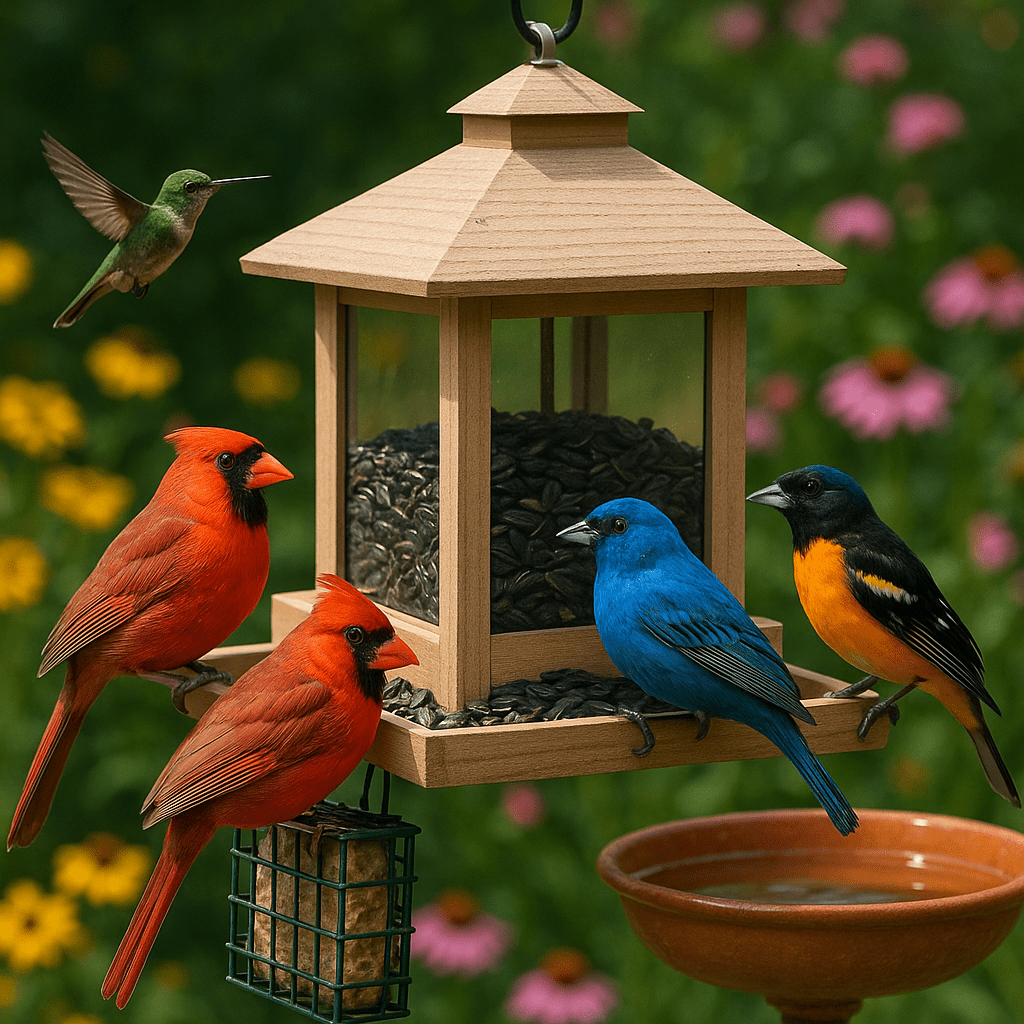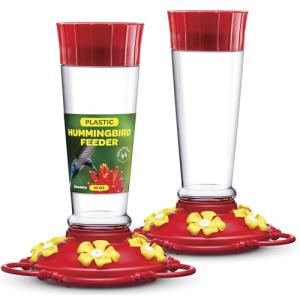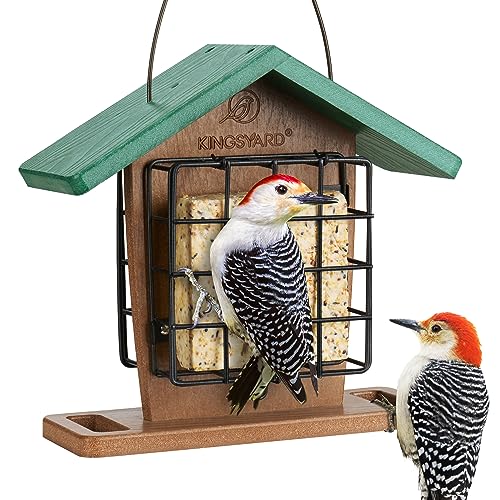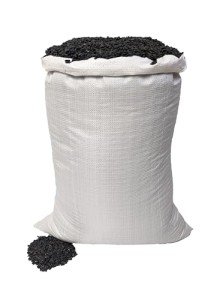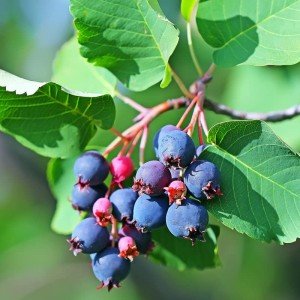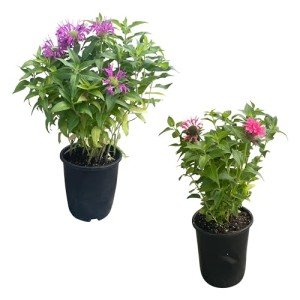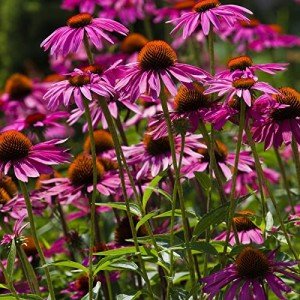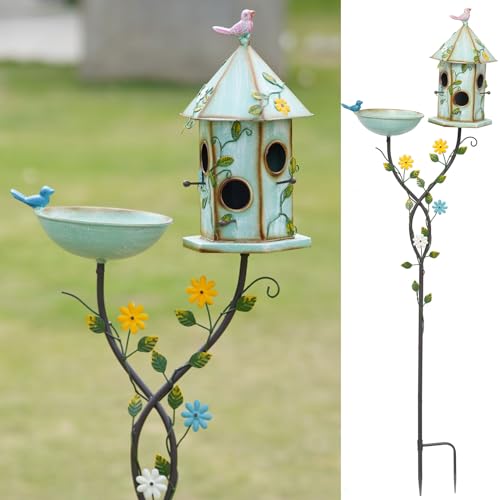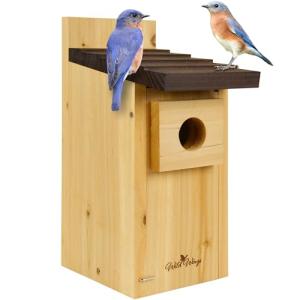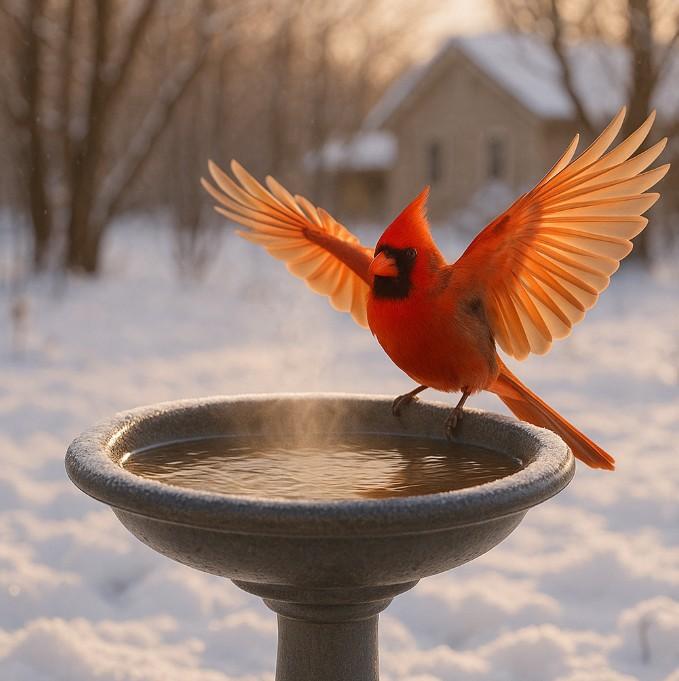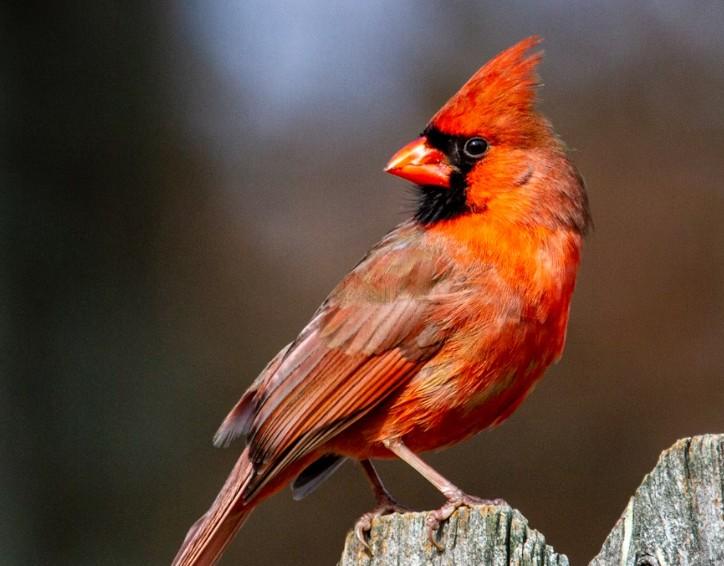Nothing livens up a backyard like a flurry of bright wings and cheerful birdsong. From vivid cardinals to iridescent hummingbirds, colorful birds are a joy to watch and a natural way to add beauty to your outdoor space. But attracting these feathered gems year-round takes more than scattering a few seeds—it’s about creating a reliable, bird-friendly habitat that caters to their changing needs through the seasons.
In this guide, you’ll learn how to attract colorful birds to your backyard all year long—with tips on feeders, food, water, shelter, and bird-friendly plants. Whether you’re just getting started or looking to enhance your backyard bird oasis, these tips will help your yard become a regular stop on the avian circuit.
1. Feeders That Match the Birds
Different birds prefer different feeders—and some won’t visit at all unless their favorites are available.
Spring & Summer:
-
Hummingbird Feeders: These nectar feeders are crucial for attracting hummingbirds. Choose models with red accents and bee guards to deter insects.
-
Tube Feeders: Goldfinches, chickadees, and other small birds love these. Fill them with nyjer (thistle) or sunflower chips.
Hummingbird Feeder 10 oz - Set of 2, Outdoor Feeders
Bring your garden to life with this set of 2 outdoor hummingbird feeders, holding 10 oz each, perfect for attracting these majestic birds
Product information
$18.99
Product Review Score
4.75 out of 5 stars
213 reviewsProduct links
Fall & Winter:
-
Hopper Feeders: Larger birds like cardinals, grosbeaks, and blue jays appreciate these sturdy, roofed feeders. Fill with safflower, sunflower seeds, or a winter blend.
-
Suet Feeders: Offer high-fat suet cakes for woodpeckers, nuthatches, and other insect-eating birds when bugs are scarce.
Double Suet Bird Feeder: Roofed, Perched & Hanging
Double Suet Bird Feeder with Roofed, Perched, and Hanging Feature for Wild Birds
Product information
$26.49
Product Review Score
4.47 out of 5 stars
116 reviewsProduct links
2. Offer the Right Food Year-Round
Seed quality and variety matter. Skip cheap mixes full of filler like milo and cracked corn—these are ignored by most colorful songbirds.
Top Foods for Colorful Birds:
-
Black-oil sunflower seeds: A favorite of cardinals, grosbeaks, finches, and blue jays.
-
Safflower seeds: Less attractive to squirrels, but loved by cardinals and chickadees.
-
Nyjer seed: Essential for goldfinches and redpolls.
-
Mealworms: Attract robins, bluebirds, and warblers.
-
Nectar (homemade or store-bought): A must for hummingbirds in summer.
-
Fruit: Offer orange slices, grapes, or apple chunks for orioles and tanagers.
🍊 Pro Tip: Use a fruit feeder with spikes or cups to hold fresh offerings in spring and summer.
Black Oil Sunflower Seeds for Wild Birds – 50 lbs
The perfect choice for attracting a variety of colorful songbirds to your backyard
Product information
$59.99
Product Review Score
4.85 out of 5 stars
191 reviewsProduct links
3. Plant a Bird-Friendly Landscape
Native plants provide natural food sources, nesting materials, and cover—making your yard far more appealing than one with just turf and feeders.
Berry-Producing Shrubs:
-
Serviceberry
-
Elderberry
-
Dogwood
-
Holly
-
Winterberry
These shrubs not only offer bright berries for birds but add fall and winter interest to your garden.
Live Serviceberry Trees for Your Backyard Garden
Enhance your garden with beautiful live serviceberry trees that attract wildlife and brighten your outdoor space
Product information
$59.99
Product Review Score
4.21 out of 5 stars
37 reviewsProduct links
Nectar-Rich Flowers:
-
Bee balm
-
Salvia
-
Cardinal flower
-
Columbine
These flowers are hummingbird magnets during warmer months. Plant a mix of early, mid, and late-season bloomers for extended feeding.
Bee Balm Plants - Assorted Colors for Pollinators
Bring vibrant colors to your garden while attracting essential pollinators with our Bee Balm plants
Product information
$19.00
Product Review Score
4.53 out of 5 stars
50 reviewsProduct links
Seed-Bearing Plants:
-
Coneflower (Echinacea)
-
Sunflower
-
Black-eyed Susan
-
Goldenrod
These attract finches and other seed-loving birds in fall and winter.
Purple Coneflower (Echinacea) Live Plants - 2 Pack
Bring vibrant color and beauty to your backyard while attracting local birds with these stunning live purple coneflowers
Product information
$19.97
Product Review Score
4.38 out of 5 stars
81 reviewsProduct links
4. Provide Water in All Seasons
Clean water is essential—and in winter, it can be more important than food. Birds will travel long distances to find a reliable water source.
-
Birdbaths: Choose a shallow model with a sloped edge. Place it near shrubs for safety.
-
Misters & Drippers: The sound and movement of water draws in more species.
-
Heated Birdbaths: Keep water from freezing in winter. These are lifesavers for birds in cold climates.
Change the water every few days and clean the basin weekly to prevent algae and mosquito larvae.
56" H Bird Baths and Bird Houses Bundle: Metal Bowl, Stake, Garden Decor
Explore our exquisite collection of 56" H Bird Baths and Bird Houses Bundle, featuring a durable metal bowl, stake, and decorative elements for your captivating garden
Product information
$69.99 $65.99
Product Review Score
4.26 out of 5 stars
62 reviewsProduct links
5. Create Shelter & Nesting Sites
Birds need safe spaces to rest, hide from predators, and build nests.
Natural Shelter:
-
Dense shrubs, evergreen trees, and brush piles provide excellent protection.
-
Leave some dead trees (snags) standing if safe—they’re nesting spots for woodpeckers and owls.
Birdhouses & Nesting Boxes:
-
Bluebird boxes should be mounted 4–6 feet high in open areas.
-
Wren and chickadee houses can be hung from tree branches or posts.
-
Clean them out each fall to prepare for the next breeding season.
Don’t forget roosting boxes or pouches for winter shelter.
Cedar Blue Bird Box House for Wild Birds
Create a charming sanctuary for your beloved wild birds with our Cedar Blue Bird Box House
Product information
$38.34
Product Review Score
4.63 out of 5 stars
25 reviewsProduct links
6. Maintain a Bird-Friendly Routine
Once birds find your yard, they’ll return—if it’s dependable.
-
Refill feeders consistently and clean them at least once every two weeks (more in summer).
-
Rotate food types by season, offering suet in winter and fruit in spring.
-
Keep water fresh and feeders free of mold.
-
Plant something new each season to slowly build a full habitat.
Final Thoughts
By combining feeders, water, native plants, and shelter, your yard can become a vibrant, colorful haven for birds all year long. Whether you’re admiring a bright red cardinal in the snow or watching a hummingbird hover over bee balm in July, the joy of backyard birdwatching is truly a year-round experience.
Not only does this help support local bird populations, but it turns your backyard into a living, breathing wildlife sanctuary. Start small, build with intention, and enjoy the beauty you bring to life—one bird at a time.
🛍️ Ready to Get Started?
Browse our top-rated bird feeders, native seed packs, and garden essentials to create your own backyard bird paradise.
👉 Shop Now – Attract Birds Year-Round
